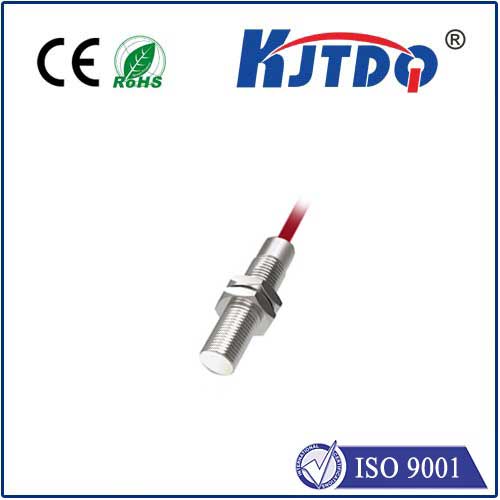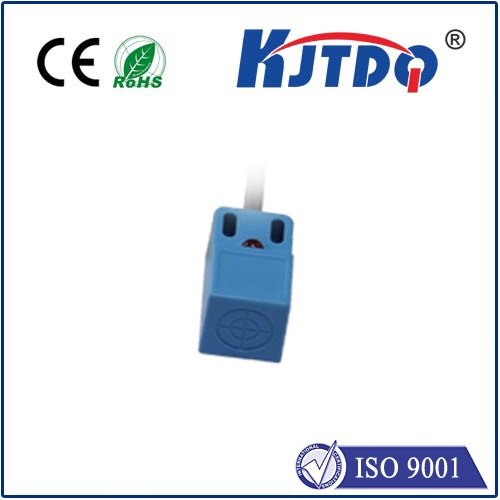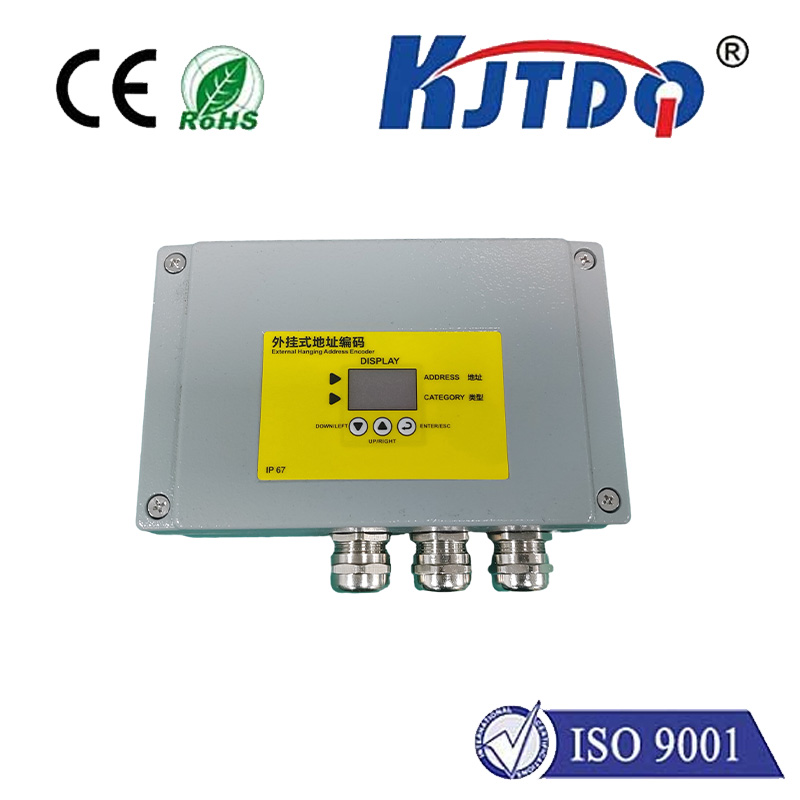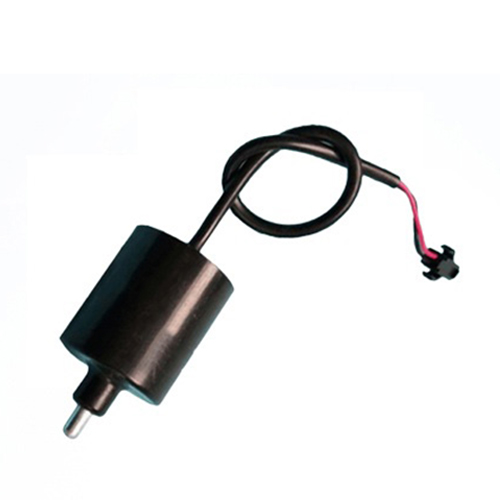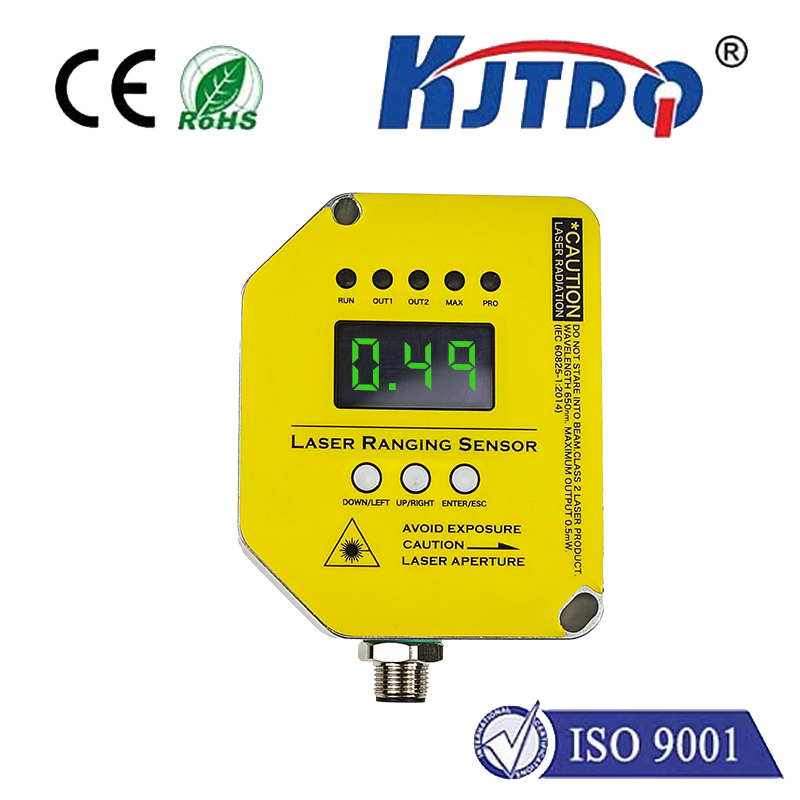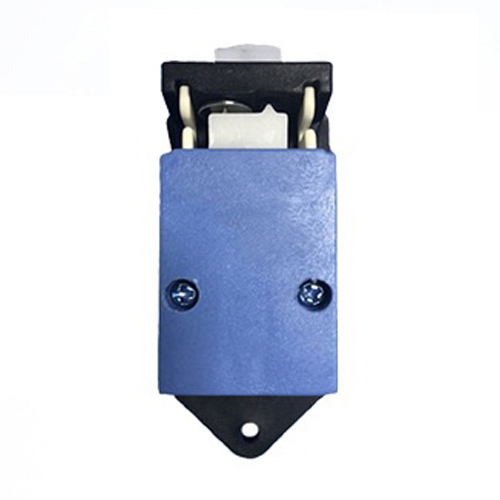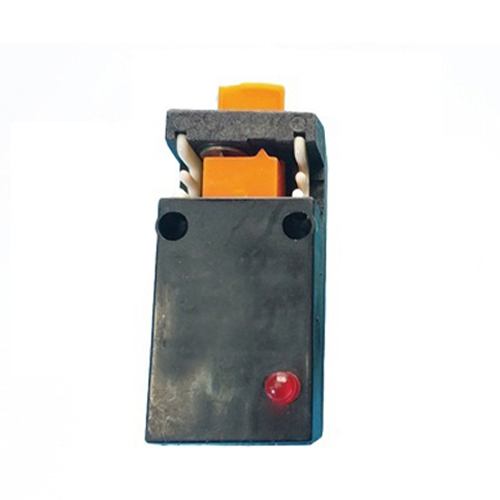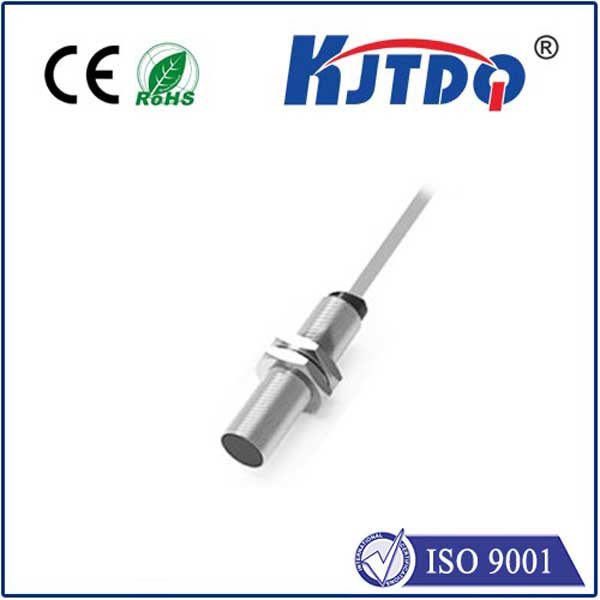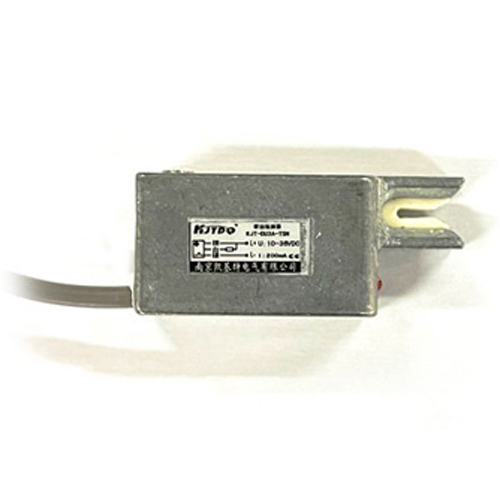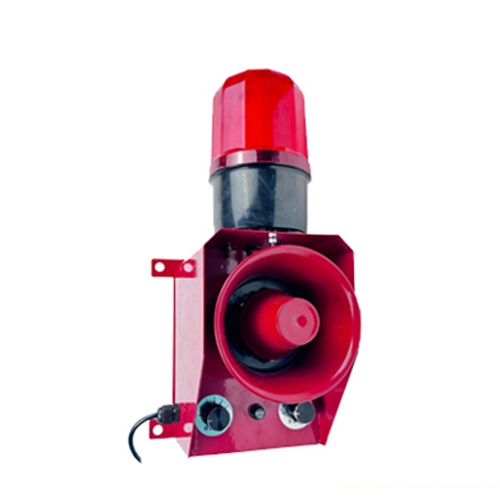

check

check

check

check

check

check

check

check

check

check
Title: Unlocking the Potential of Laser Range Sensors
Introduction
The advent of laser range sensors has revolutionized various industries, from manufacturing and logistics to automotive and aerospace. As a cutting-edge technology that combines the power of lasers with sophisticated sensor algorithms, laser range sensors provide unparalleled accuracy, speed, and reliability in measuring distances. In this article, we will delve into the fascinating world of laser range sensors, exploring their applications, advantages, and limitations.
Applications of Laser Range Sensors

One of the most common applications of laser range sensors is in vehicle navigation systems, where they are used to accurately determine the distance between vehicles and obstacles on the road. This allows for safer and more efficient driving, as well as improved fuel consumption. Laser range sensors are also widely used in industrial automation systems, where they can detect and measure the presence or absence of objects in real-time, improving productivity and safety in manufacturing processes.
Another area where laser range sensors have found application is in sports, such as golf, where they are used to track the distance between the ball and the target. This data is then used to help players improve their swing mechanics and achieve better results on the course. Laser range sensors are also employed in medical diagnosis, where they can accurately measure body composition and assess cardiovascular health.
Advantages of Laser Range Sensors
Compared to traditional sensor technologies, laser range sensors offer several advantages. Perhaps the most significant advantage is their high level of accuracy, which is achieved through the use of lasers that can precisely lock onto a target. This enables them to measure distances with unprecedented precision, down to the millimeter. Additionally, laser range sensors are extremely fast, allowing for real-time measurement without any delays or interruptions. This makes them ideal for applications that require rapid response times, such as autonomous driving or industrial process control.
Another advantage of laser range sensors is their ability to operate in harsh environments, such as extreme temperatures or high levels of dust and noise. This makes them suitable for use in a wide range of applications, from outdoor construction sites to space exploration missions. Finally, laser range sensors are highly versatile and can be customized to meet specific requirements, making them an ideal solution for a variety of different industries and applications.
Limitations of Laser Range Sensors
Despite their many advantages, laser range sensors do have some limitations. Perhaps the biggest challenge is their cost, which is typically higher than traditional sensor technologies. This is due to the complex design and manufacturing processes required to create high-quality laser range sensors. Additionally, there is a risk of interference from other sources of light, such as sunlight or nearby lasers, which can impact the accuracy of measurements. Finally, there is a need for ongoing maintenance and calibration of laser range sensors to ensure their continued performance over time.
Conclusion
In conclusion, laser range sensors represent a powerful new technology that has the potential to transform a wide range of industries and applications. By combining the power of lasers with advanced sensor algorithms, these devices offer unparalleled accuracy, speed, and reliability in measuring distances. While they do have some limitations, ongoing research and development are likely to overcome these challenges and pave the way for even more exciting applications in the future.
